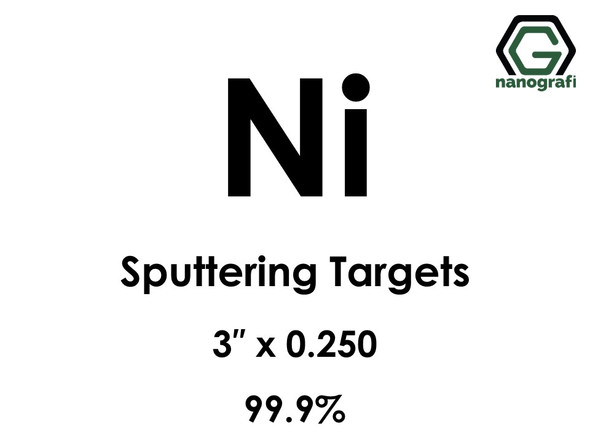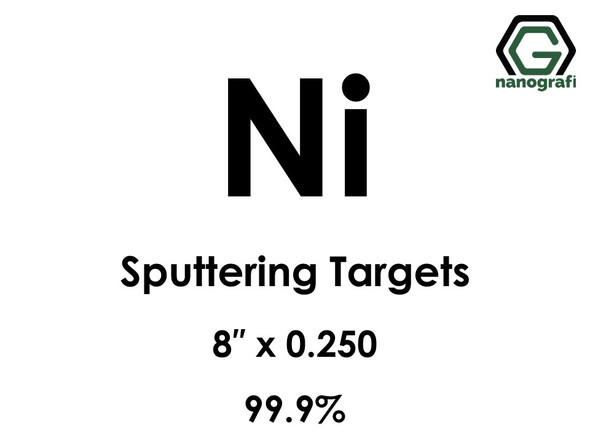Description
1 piece/675 €
Please contact us for quotes on larger quantities !!!
Bismuth Oxide (Bi2O3) Sputtering Targets
Purity: 99.9%, Size: 3'', Thickness: 0.250''
Sputtering is a proven technology capable of depositing thin films from a wide variety of materials on to diverse substrate shapes and sizes.
The process with sputter targets is repeatable and can be scaled up from small research and development projects. The proses with sputter
targets can be adapted to the production batches involving medium to large substrate areas. The chemical reaction can occur on the target
surface, in-flight or on the substrate depending on the process parameters. The many parameters make sputter deposition a complex process
but allow experts a large degree of control over the growth and microstructure of the area.
Applications of Sputtering Targets;
- Sputtering targets is used for film deposition. The deposition made by sputter targets is a method of depositing thin films by sputtering
that involves eroding material from a "target" source onto a "substrate" such as a silicon wafer. - Semiconductor sputtering targets is used to etch the target. Sputter etching is chosen in cases where a high degree of etching anisotropy
is needed and selectivity is not a concern. - Sputter targets is also used for analysis by etching away the target material.
One of the example occurs in secondary ion spectroscopy (SIMS), where the target sample is sputtered at a constant rate. As the target is sputtered,
the concentration and identity of sputtered atoms are measured using mass spectrometry. By helping of the sputtering target, the composition of the
target material can be determined and even extremely low concentrations of impurities are detected.
Sputtering target has also application area in space. Sputtering is one of the forms of space weathering, a process that changes the physical and
chemical properties of airless bodies, such as asteroids and the Moon.
Bismuth oxide with the chemical formula of Bi2O3 is one the most important bismuth compounds. Bismuth oxide has been investigated extensively due
to its optical and electrical properties such as large energy gap (from 2 to 4 eV), refractive index and high oxygen ion conductivity at high and medium
temperatures. These properties make bismuth oxide one of the most perspective candidates for application in optoelectronics, solar cells and solid oxide
fuel cells (SOFCs). Bismuth oxide has a few main polymorphic forms that are known as α, β, γ, δ. All polymorphs have different crystal structure and
various optical, electrical and mechanical properties. Only two of them, the low temperature monoclinic α-phase and high temperature face-centered
cubic δ-phase are stable. The other phases are metastable.
Magnetron sputtering is a widespread method because of high deposition rate, dense and highly adhesive films, and possibility of using commercially
available large area deposition systems. Bismuth oxide based materials exhibit high ionic conductivity and have been proposed as suitable materials for
electrolyte in solid oxide fuel cells (SOFC’s) which are promising materials for the future and greener and more efficient energy sources, and oxygen sensors.
Additionally, bismuth oxides exhibit interesting properties, such as high refractive index, high electric permittivity, and photoluminescence. For these reasons,
this material has been widely used in applied fields like gas sensors, optical layers, and the production of ceramic glasses. Furthermore, bismuth oxides have
shown to be excellent photo-catalysts in water dissociation and decontamination under visible light radiation. Bismuth containing hetero-metallic oxides is a
potential candidate for a wide variety of applications in the microelectronics industry due to the high mobility of charge carriers, and the large mean free path
for electrons. Also, semi-metal bismuth thin films become a semiconductor at a critical thickness of around 30 nm.







